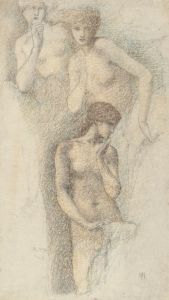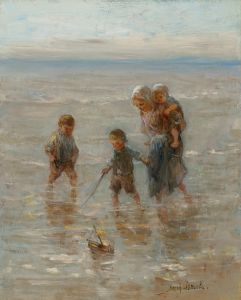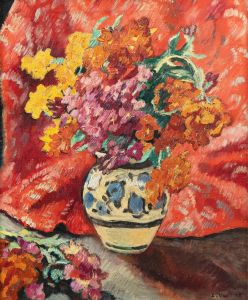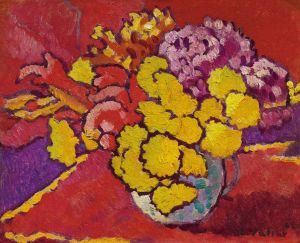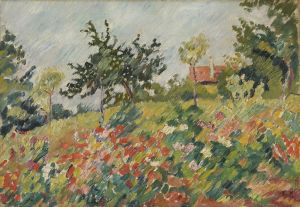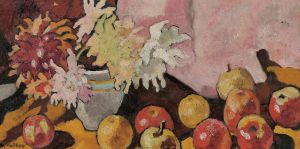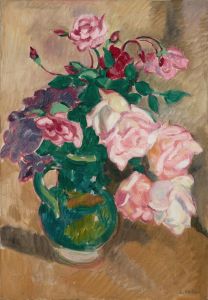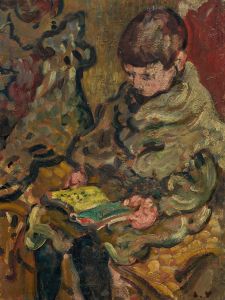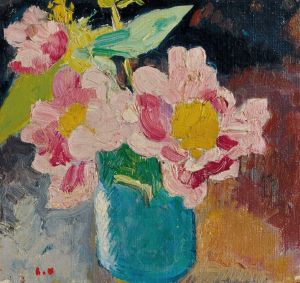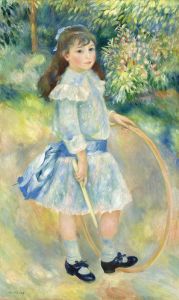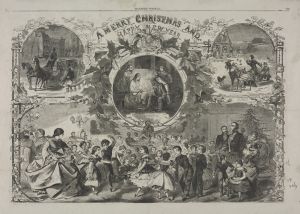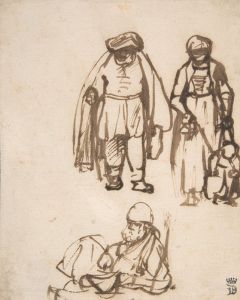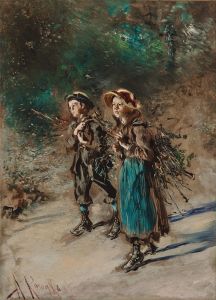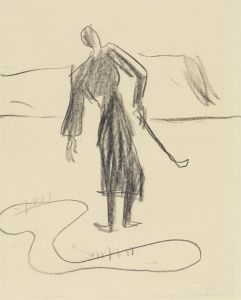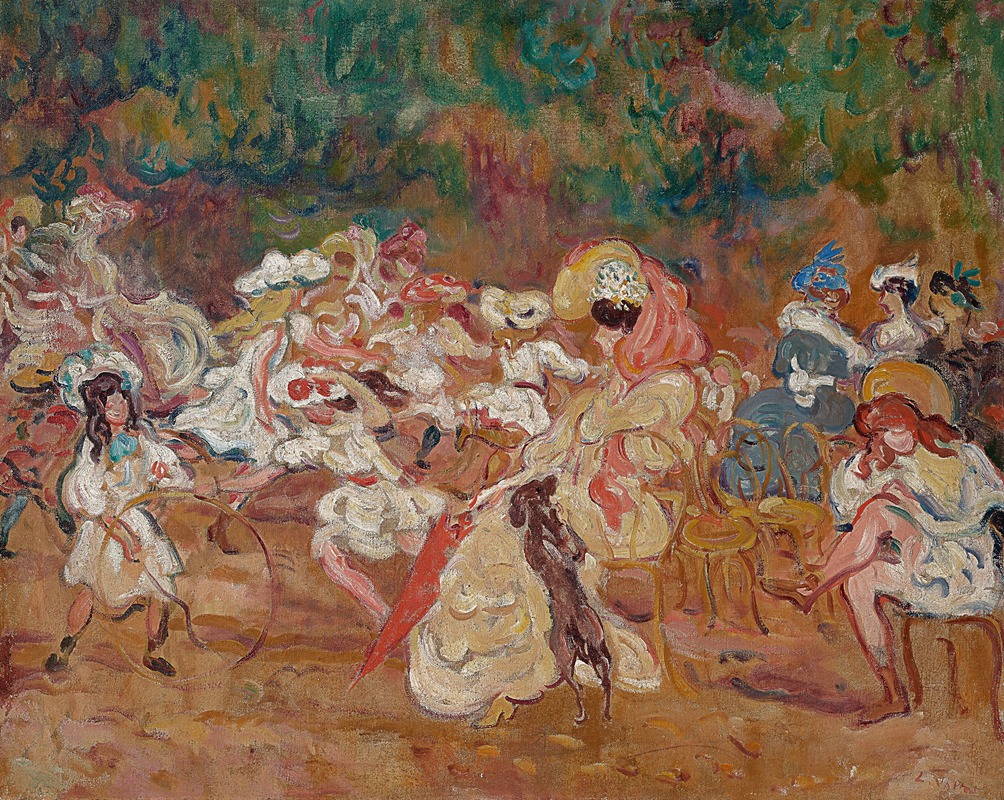
Jeux d’enfants
A hand-painted replica of Louis Valtat’s masterpiece Jeux d’enfants, meticulously crafted by professional artists to capture the true essence of the original. Each piece is created with museum-quality canvas and rare mineral pigments, carefully painted by experienced artists with delicate brushstrokes and rich, layered colors to perfectly recreate the texture of the original artwork. Unlike machine-printed reproductions, this hand-painted version brings the painting to life, infused with the artist’s emotions and skill in every stroke. Whether for personal collection or home decoration, it instantly elevates the artistic atmosphere of any space.
Louis Valtat (1869-1952) was a French painter and printmaker associated with the Fauvist movement. He is known for his vibrant use of color and his contributions to the development of modern art in the late 19th and early 20th centuries. One of his notable works is "Jeux d’enfants" (Children's Games), which exemplifies his distinctive style and artistic vision.
"Jeux d’enfants" captures a scene of children at play, a common theme in Valtat's oeuvre. The painting is characterized by its vivid, expressive use of color and loose, dynamic brushwork. Valtat's approach to color was influenced by the Fauvist movement, which emphasized bold, non-naturalistic colors and a departure from traditional representational art. In "Jeux d’enfants," Valtat employs a palette of bright, contrasting colors to create a lively and joyful atmosphere, reflecting the innocence and spontaneity of childhood.
The composition of "Jeux d’enfants" is both balanced and dynamic, with the figures of the children arranged in a way that guides the viewer's eye through the scene. Valtat's brushstrokes are energetic and fluid, giving a sense of movement and vitality to the painting. The background is rendered in a more abstract manner, with patches of color suggesting the environment without detailing it, allowing the focus to remain on the children and their activities.
Valtat's technique in "Jeux d’enfants" demonstrates his mastery of color and form. He often used thick, impasto layers of paint to create texture and depth, a method that adds to the tactile quality of the work. This technique also enhances the luminosity of the colors, making the painting appear to glow with an inner light. Valtat's ability to convey emotion and atmosphere through color and brushwork is evident in this piece, making it a significant example of his artistic legacy.
Louis Valtat was born in Dieppe, France, and studied at the École des Beaux-Arts in Paris. He was contemporaries with other prominent artists of his time, including Pierre-Auguste Renoir and Paul Signac, and was influenced by their work as well as by the broader trends in modern art. Despite his association with the Fauves, Valtat's style remained unique, blending elements of Impressionism, Post-Impressionism, and Fauvism.
Throughout his career, Valtat exhibited widely and received recognition for his contributions to the art world. His works are held in numerous public and private collections, and he is remembered as a key figure in the transition from 19th-century academic art to the more experimental approaches of the 20th century. "Jeux d’enfants" stands as a testament to his innovative spirit and his ability to capture the essence of his subjects with color and form.
In summary, "Jeux d’enfants" by Louis Valtat is a vibrant and expressive painting that showcases the artist's skillful use of color and dynamic composition. It reflects the joy and innocence of childhood, rendered through Valtat's distinctive Fauvist style. The painting remains an important work in Valtat's oeuvre and a notable example of early 20th-century modern art.





